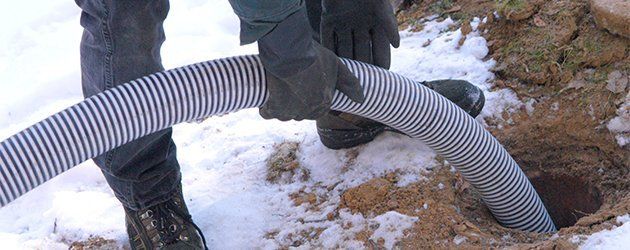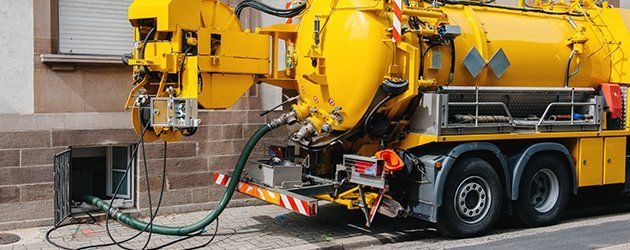Know Your Conventional Septic System
Keep Your Conventional System Operating Properly
At Brannon Septic, we think it's important for you to know a little bit about how your conventional septic system works. That way when we make our evaluations and talk to you about issues, you have a better understanding of what's going on and what your options are.

Most of the Process Is Going On Underground
Firstly, a conventional septic tank is a large, watertight container that's buried in the ground outside of your home.
Usually constructed of materials such as concrete, fiberglass, plastic, or polyethylene, it is set up to allow natural processes to partially treat your septic. It helps protect your drain field by preventing your latteral lines from getting clogged by suspended solids in the effluent.

Microorganisms Attack Both Sludge and Scum
The process starts when wastewater, discharged from your home, flows into the septic tank. Heavier solids settle to the bottom of the tank and form a layer of sludge, while lighter materials - such as soaps, fats, grease, etc. - float to the top and form a layer of scum.
Soon microorganisms go to work breaking down the solids on both levels, which help reduce the volume of both sludge and scum.
Tank Pumping Keeps the System Safe and Effective
Unfortunately, microorganisms can only reduce about 40% of the solids in your tank. At Brannon Septic, our job is to regularly pump out your tank to remove the remaining solids, which will prevent them from being washed out into your drain field where they clog the latteral lines and can lead to a system failure.
Trust our 11 years of experience to not only locate, uncover, and clean your tank but also to evaluate any overriding issue and help you make decisions that will keep your system up and running for years to come.
FREE Estimates
Call 817-558-1923
Serving Tarrant, Johnson, Hood,
Hill, Bosque, Parker, Ellis,
and Somervell Counties
Please call us if your area
is not listed.


